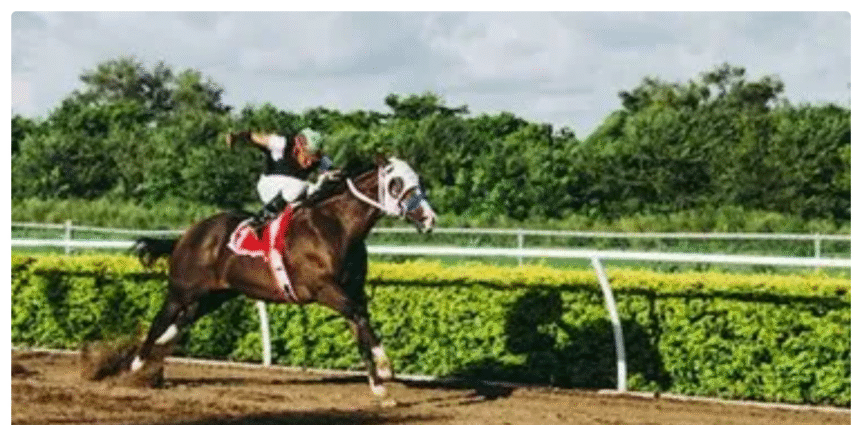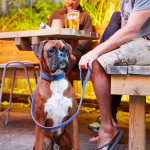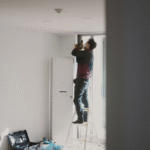Choosing the right fence doesn’t just keep your horses in; it also keeps them safe. It promotes their safety, the longevity of farm equipment, and most importantly, your peace of mind.
With so many fencing options available in the market, it’s easy to make the wrong choice. Choosing the wrong fence or improperly installing it can spell trouble for you in the long term. Espace attempts, horse injuries, mounting repair costs, you name it.
Such is the importance of choosing the right fence for your horse farm. To help you avoid common pitfalls, we’ve rounded up the top 7 mistakes horse owners often make when selecting fencing.
Putting Price Over Safety
Who doesn’t love getting a good deal? However, cutting corners in fencing rarely pays off.
Going for a cheap horse fence might save money upfront, but you’ll likely end up paying more in repairs, replacements, or worse, vet bills from injuries.
A strong, safe fence might cost more initially, but it’s an investment in your horse’s safety. When it comes to a horse fence, you usually get what you pay for.
Getting the Wrong Material for Your Climate
Not all horse fencing materials are equal, and not all of them might be suitable for the environment you live in.
For instance, wood looks great, but it can rot, crack, and warp quickly in humid and rainy areas. Metals can rust, and vinyl can become brittle due to heat. Every material comes with its own set of perks and quirks.
If the horse fence doesn’t hold up against the local weather, it’s not worth spending money on.
Always take into consideration how the local climate affects different fence materials. In such a case, consulting professional horse fence installers can save you from expensive guesswork.
Not Matching the Fence to Your Horses’ Behavior
Not all horses act the same, and your fencing needs to reflect that.
Young, energetic horses may test boundaries more aggressively. Stallions need stronger, taller fencing than mellow geldings or retirees. Some horses chew wood, some lean, and some jump. Installing the same horse fence for every horse on your property may result in mismatches that lead to injuries or escapes.
Before choosing a type of fence, closely observe your horses’ personalities and past behaviors. Get a fence that suits their needs, not just what looks good.
Improper Fence Height and Visibility
A horse fence that’s too short in height, too low-contrast, or poorly marked can quickly become a hazard on the farm.
Horses often have poor depth perception. It means that they need to clearly see the boundaries of the fence. They might not notice a low, single-wire fence until it’s too late and might run into it while galloping. Similarly, fences that are short in height may tempt them to try jumping it, thus inviting injuries.
For most horses, a fence should be at least 4.5 to 5 feet tall, and materials should be easy to see, think white rails, wide tape, or mesh with visibility strips.
Inadequate Post Spacing or Depth
Fencing isn’t just about the wires; the posts play an equally important role in supporting it. Even if the actual wire material is strong, poor installation can render it useless.
Many people make the mistake of placing the posts too far apart or not sinking them deep enough. This can lead to sagging, leaning, or even complete collapse of the fence under pressure from curious or bored horses.
Post depth should be at least one-third the total length of the post. Spacing can depend on the material, but as a rule of thumb, closer spacing adds strength.
Lack of Ongoing Maintenance
Even the best horse fence won’t take care of itself.
Minor problems like a loose board, rusted wire, or leaning post can quickly turn into dangerous hazards without routine checks.
It’s important to set regular inspections for your fences, especially after storms or high winds, tighten connections, replace damaged sections, and clear any vegetation that could interfere with the fence’s visibility or structure.
Final Thoughts
Choosing the right horse fence requires more than just a simple Google search. You’ve got to have an understanding of your horse, your farm, and all your other needs to make the correct decision.
The pointers mentioned above would help you avoid making the mistakes many people make and ensure a better present and future for your horse and yourself as a farm owner.














